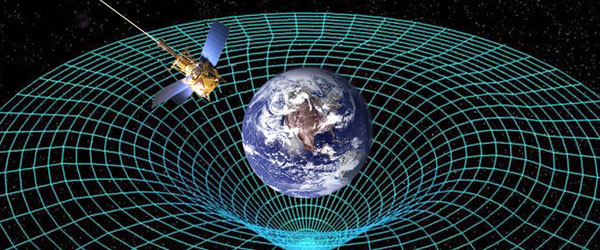EM Drive, EN Drive, Who Cares?
I’ve been watching this one for a while now and things are getting very interesting. If you haven’t been tuned into this, the EM Drive is a proposed propulsion system that operates entirely with electromagnetic energy; there is no propellant! To the modern scientific mind that seems preposterous, it goes against most everything that we have learned over the last few hundred years.
Before I get into the reasons why this is so amazing here’s a bit of background. The EM Drive is the brain child of one Roger John Shawyer of Satellite Propulsion Ltd., a company in the United Kingdom that is exploring innovative propulsion systems for spacecraft. The idea has been floating around since some time in 2001 (the patent application is August of 2011) and has been tested by the inventor, Professor Yang Juan of The Chinese Academy of Sciences as well as NASA’s Eagleworks Laboratories. The recent announcements out of NASA are the most intriguing. Though nobody can explain why it works as of yet, tests are showing that it appears to work.
The NASA group is on their second round of tests because they want to eliminate the possibility of other outside forces creating the thrust. One in particular is the Lorentz force. The Lorentz force is due to the interaction of a magnetic field with a varying electric field. In particular, they wanted to verify that observed thrust was not due to interaction with Earth’s magnetic field. The recent tests show that it is not. This is promising news, perhaps there is some very new science occurring here.
Essentially, the EM Drive is a can with a particular shape that focuses resonant microwaves in a closed chamber.
Okay, a few big words there but yes, those are the same microwaves that burn your popcorn and by “resonant” we mean that the length of the chamber is such that, when the waves bounce off the far end, they line up with the incoming waves. I covered this concept in a previous article talking about lasers (here). The difference with this unit is that it’s not letting the waves escape; they just bounce back and forth. In this unit the can opens up at one end, apparently this is enough to create a thrust.
I don’t know about you, but that is completely contrary to everything that I and everybody else I know have learned about Physics. First off is Newton’s third law: every action has an equal, opposite, reaction. This says that to get something moving you have to throw stuff out opposite of the direction you want it to move. This principle is how everything we have that moves gets moving. The fancy name for this is Conservation of Momentum and this unit stomps all over it. There is nothing that modern physics knows of that is being tossed out of the end of this thing to make it move.
The inventor has been said to pass it off as the force of the microwaves bouncing off the end of the can. Even this is a bit preposterous. Yes, it is true that electromagnetic radiation does exert a force when it bounces off of a surface, but in this unit, the energy bounces off of the other end of the can, too. Even the different sizes of the two ends can’t make a difference. You’ll just have to trust me on this, the math is slightly scary but the Physics that we know say that the force on either end due to the pressure from the microwaves is the same, the net force is zero. It’s a but like reaching down, grabbing your ankles, and trying to lift yourself off the ground.
Personally, I’m split in my feelings on this. The SciFi fan in me is dancing around the room at the prospect of a reactionless drive system but the Scientist in me is scratching his head thinking that somebody missed something and that this is just an anomaly. I want to see it work because of the possibilities. If you recall back to the article where I discussed rocket science (here) you might remember that 85- 95% of the mass of a rocket at takeoff is fuel. The lower end of that scale just gets you into orbit, you need more fuel to go further and the further you want to go the the more fuel you need. This system only needs electricity which we can supply in nearly unlimited quantities with nuclear reactors. We most likely don’t want to use those to get things off of the planet but once they are out there it’s the most efficient source of electricity.
No matter how you get your spaceship up there, once you are in Earth orbit it becomes a difference in how you get to your final destination. With the systems we currently have, once in orbit we burn a bunch of fuel to get going in the right direction and coast through space for a long, long time to get there. We are limited in the speed we can attain by the amount of fuel we can carry. Consider the possibilities if we can keep the engine running all the time, we can accelerate half way there and the then decelerate the rest of the way. Hopefully it’s obvious that it has to be done this way. If you can accelerate as long as you want (the only limit is the speed of light and we’re not going to get even close to that) then you have to spend the same amount of time slowing down otherwise you will fly by your target.
In the end what this means is that trips to places in our solar system will be much closer time wise — the Moon in hours rather that days, Mars in weeks rather than years. If it works we gain the solar system. If it doesn’t, we still have the solar system, it just stays the same, huge size. Though it may cause us to re-evaluate much of what we currently know this is not a new thing. Quantum Mechanics has shown us that Newtonian Physics is only an approximation of what happens on very, very small scales; Einstein showed us that Newtonian Physics is also only an approximation of what goes on at very, very large scales. Just about all of the scientific laws that we know are approximations of what is really happening,why not this one? I’ll continue to watch as this unfolds. Either way something very interesting is happening.






